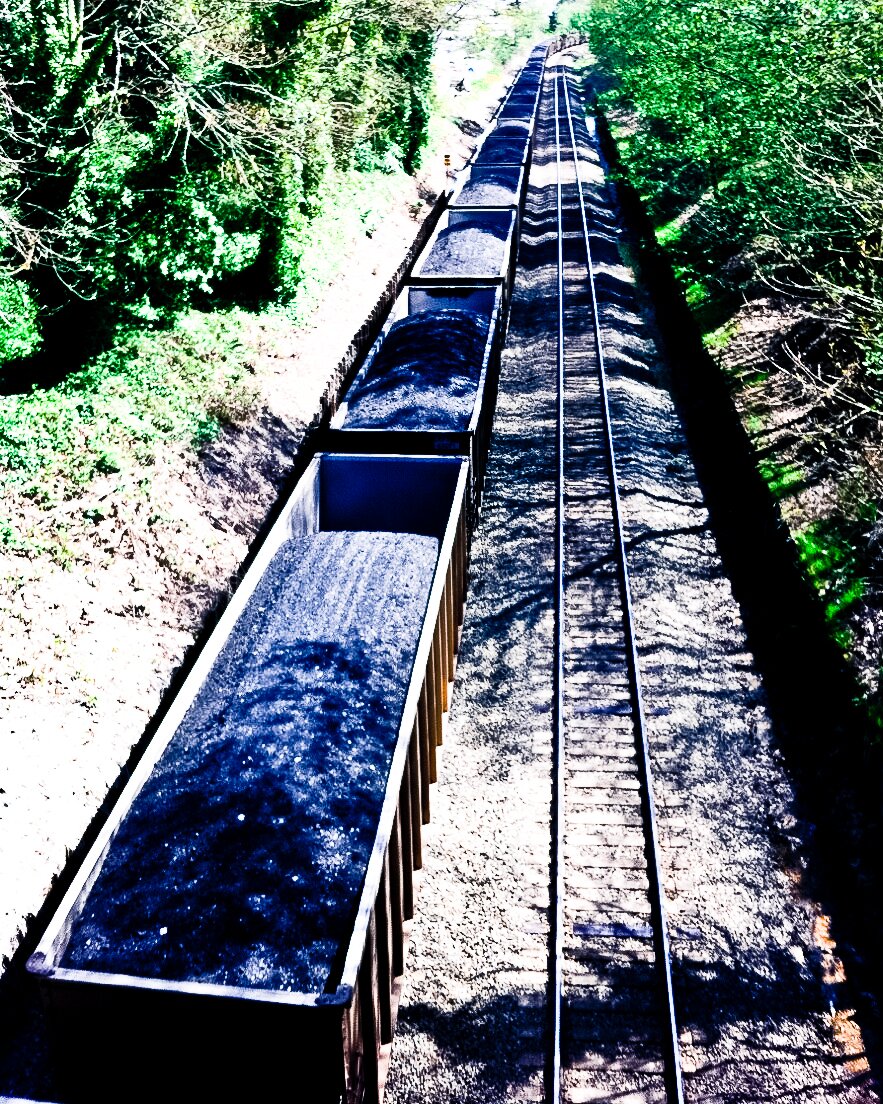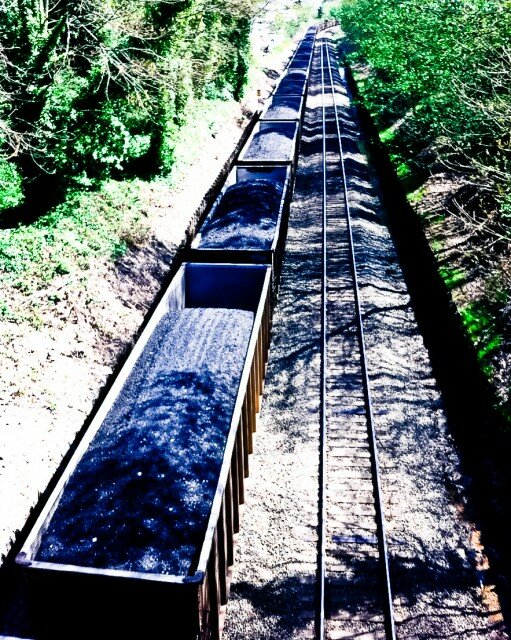University of Washington meteorologist Cliff Mass posed an interesting question to himself on his weather blog recently: “Why all the landslides this winter in western Washington?” Besides the huge slippage on Whidbey Island in late March that made national news, smaller mudslides have played havoc with rail transportation north of Seattle. Writes Mass:
Burlington Northern officials suggest this is one of the worst slide seasons in one hundred years, with a particular focus on their tracks between Edmonds and Everett. Nearly 200 slides have occurred this winter, with 56 of them large enough to reach the tracks.
For context, prior to this rainy season, the worst winter in the last ten years, in terms of mudslide cancellations of Sounder Northline trains, was 2011, with 70. The second worst was 2006, with 40. Sound Transit spokesperson Kimberly Reason said this season the Sounder Northline cancellations are north of 200. (Upping the ante, in early April, a mudslide derailed an Amtrak train.) Over the past four years, that’s more than 340 “missing” trains.
BNSF Railway Spokesperson Gus Melonas has blamed the mudslide epidemic on “extremely rainy conditions” — but, Mass says, not so fast with that “extremely”: “If we go back 6 months, the region around Everett stands out more, reaching 130-150 percent of normal [precipitation]. Yes, a bit wet, but I suspect we could find other periods to equal it.” Yet the number of slides is being called unprecedented.
What stands out is a particularly rainy fall, followed by a not unusual winter. That’s in line with what’s known about landslides, though. Brief torrential rains can saturate upper layers of soil and bring on shallower slides, but to really grease the wheels, it’s sustained heavy rainfall that’s needed, so that the water can find its way to fractures deeper in the ground. That kind of invisible erosion operates over a longer time period, so that a rainy fall correlates with landslides with late winter or early spring.
While Mass notes that winter precipitation in the area is trending downward over the past century, the culprits are more likely to be record daily rainfalls and rainy autumns. NOAA in fact has Seattle’s November rainfall trending upward substantially, for the period 1948 to 2012. For that same period, rainfall exceeded ten inches in 1990 and 1995, 11 in 1998, and 15 inches in 2006.
Other contributing factors, as Mass mentions, are development on the bluffs (impermeable surfaces like roads and roofs concentrate rainwater runoff) and the trains themselves — fully loaded, they transmit vibrations through the ground that show up on seismographs. That last point is of particular concern given the ongoing discussion of adding dozens of coal trains a day (see Sightline’s research on coal train impacts) to freight routes in the Northwest.
The secondary impacts of mudslides on transportation are not always appreciated. The Sounder Northline’s anemic ridership often comes under scrutiny without due credit (or any at all) being given to how often trains are being cancelled. (See the contrast in ridership, north and south, here.) Pundit Dori Monson even tried recently to use Sounder Northline ridership to bash the idea of a city streetcar network, though Seattle proper is generally less troubled by mudslides. In fairness to Monson, he may not understand how numbers work — “The South Lake Union Streetcar, that’s been horrible,” he said, about the successful line that’s been adding service to meet demand.
Though WSDOT is putting a $16.1-million Federal Railroad Administration grant to work, for engineering and mitigation of mudslides, in partnership with BNSF’s efforts, the hard truth may be that landslides have, literally, the high ground in this battle, and will until there’s no high ground left.

